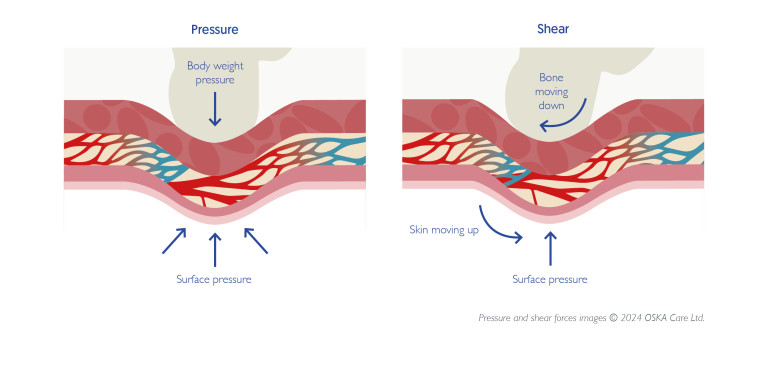capturing the best wound images
Wound photography can be an excellent method of enhancing wound assessment when the images are taken in a clear and consistent manner. Images can support clinical decision-making, enhance referrals to appropriate specialist services, and ensure that in a busy working environment with input from multiple clinicians, they offer the opportunity to map the wound journey, and assess whether the treatment is appropriate and working (Jacob, 2019).
In a study conducted in 2014, looking at the patient’s perspective on wound photography, 81% reported the photographs helped them to track their wound progress, and 58% reported it helped them to get more involved in their own care (Wang, et al. 2014). Many clinicians show patients their wound photography to help them to visualise the progress of wound healing, plan ongoing treatment objectives and give a sense of reality to the timescale of wound healing.
Before taking a photograph, first ensure you have obtained consent from the patient and if consent is not achievable, then ask yourself the question “are you taking this photograph in the patient’s best interest?” and document your rationale and decisions. The level of consent must reflect the intended use of the images including sharing and publication.
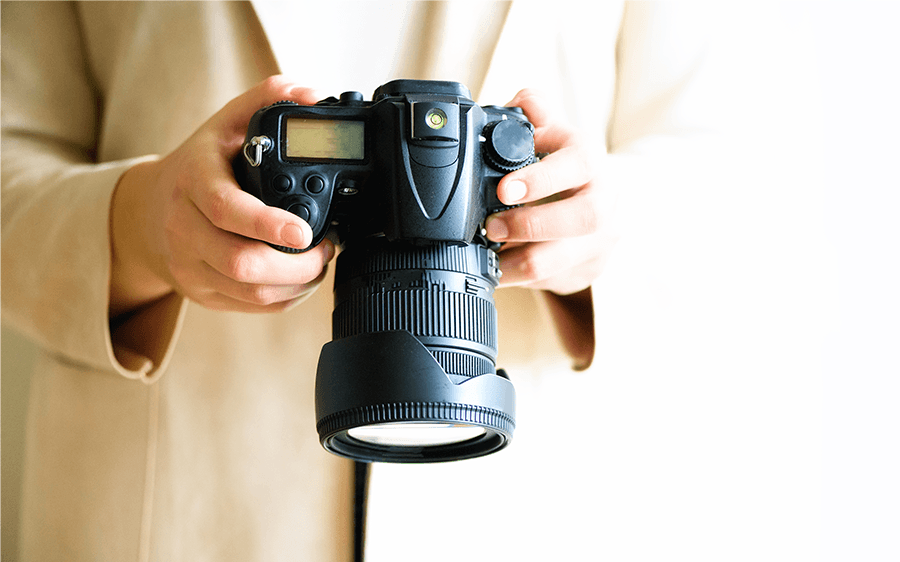
Follow these tips to help you get the right wound photographs:
- Ensure the patient is fully informed (to avoid movement/distraction during photograph taking), they are comfortable, remove all dressings, soiled bandages, sheets, and clean the wound to remove any tissue debris to ensure you get good visibility of the wound bed. Counting down out loud will help the patient to remain still at the correct time.
- Privacy, dignity and safeguarding measures should be practiced in line with organisational standards.
- The quality of lighting is important especially when photographing darker toned skin. Natural lighting (near windows) is the best option. Flash or artificial lighting is acceptable for use on lighter skin tones but should be avoided in patients with darker skin because of the shine that can obscure details on the skin.
- Room lighting may cause discolouration, but this can be improved by using a white background, behind or under the wound, to help reflect the light more.
- Other suitable backgrounds for a fair-coloured patient is black and for dark skin, sky blue, or green.
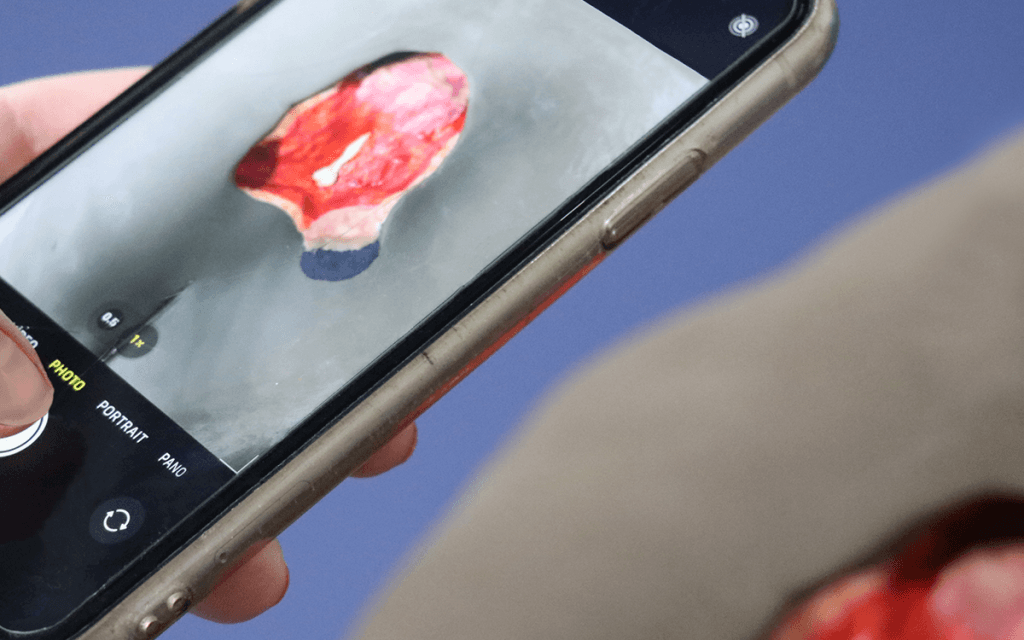
6. Taking the photograph:
- Ensure the device you use to take the photograph(s) is approved by your organisation and, where possible, should be encrypted.
- The lens should be parallel to the plane of the wound, with the wound centred within the image.
Keep it steady – use a tripod or a gimbal, or just push your elbows into your waist to steady yourself and help get a clear image. - Take the first photograph close to the wound bed so you get details of the wound tissue, then step back and take the second photograph at a distance, showing the anatomical location of the wound.
- Allow the camera to focus (autofocus) and set on the ‘macro’ setting for close detail (if available).
- Avoid zooming in beyond the halfway point on the slider; otherwise, the image will disintegrate in clarity and pixels.
- Include one or two disposable rulers at the edges of the wound to assess the size. Details of date, site and initials can be written on the disposable rulers. Unless the digital rulers are sterile, they need to be kept away from the open wound itself.
- Repeated photographs should be taken in the same setting, same position (sitting, lying, semi recumbent), same surroundings, lighting etc. if possible, and with disposable rulers in the same position to maintain consistency.
- Save the original image unchanged and upload directly to the patient’s notes removing any digital copies from the camera.
(Jacob, 2019. Onuh, 2022, Wang, 2014, NWCSP, 2021)
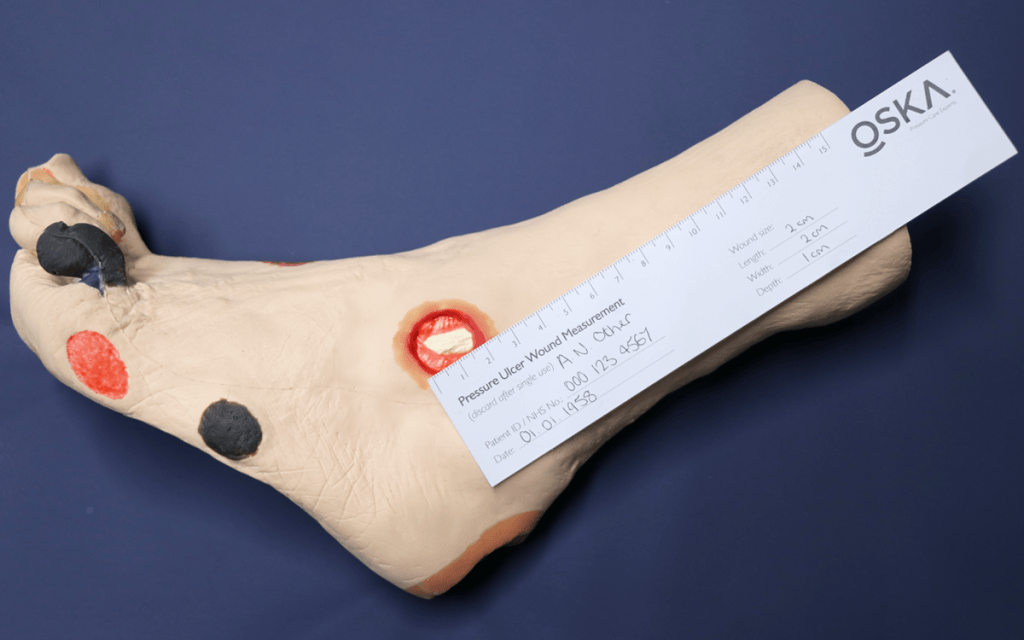
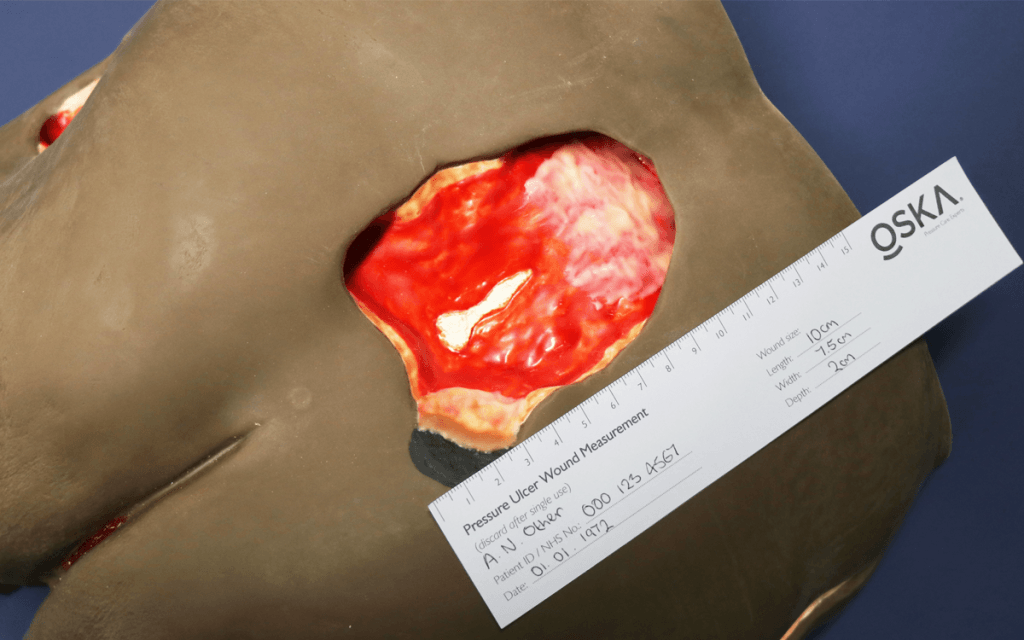
Recap:
Taking digital images is a key component of good wound assessment, wound management and communication with both patients and other Health Care Professionals (HCPs). They are a valuable resource to use when referring patients to other specialist services.
Additional reading can be found on the National Wound Care Strategy Programme website.
Please cite as: OSKA Care Ltd. January 2025. The what, how, and why of capturing the best wound images. Havant, Portsmouth: OSKA Care Ltd
References
Jacob, K. (2019). Best Practice for capturing and presenting accurate wound images. Wounds UK, Vol 15 (1). Pg 58-61.
National Wound Care Strategy Programme: (2021) Recommendations for the Use of Digital Images in Wound Care.
Onuh et al, (2022). Capturing Essentials in Wound Photography Past, Present, and Future: A proposed Algorithm for Standardization. Advances in Skin & Wound Care. 35(9): pg 483 – 492.
Wang, S.C. Anderson, J. AE. Jones, D. VB and Evans, R. (2014). Patient perception of wound photography. International Wound Journal. https://doi.org/10.1111/iwj.12293


